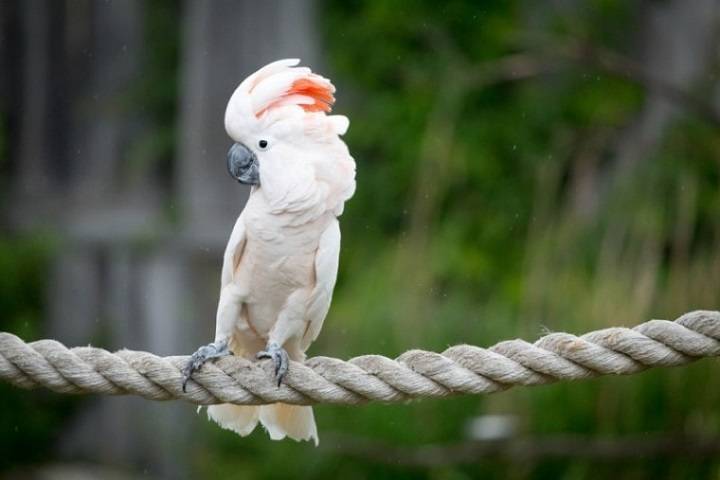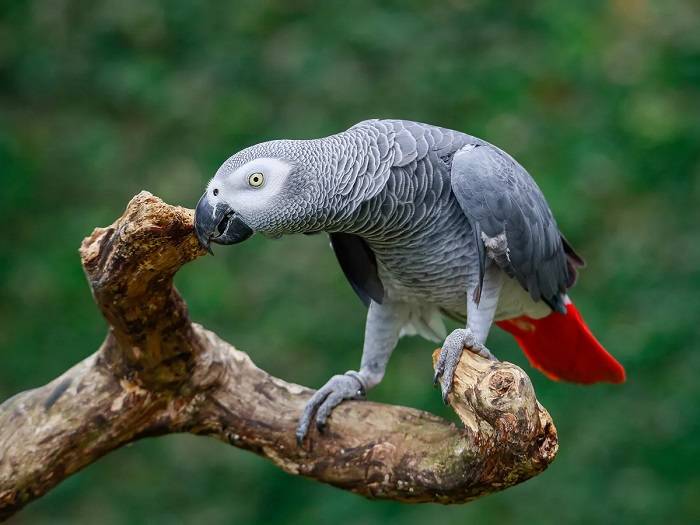In the vast and diverse realm of the avian kingdom, intelligence manifests in myriad forms, from complex problem-solving abilities to sophisticated social behaviors. While all birds possess a degree of cognitive prowess adapted to their specific ecological niche, certain species stand out for their exceptional intelligence and adaptability. In this comprehensive exploration, we embark on a journey to uncover the enigma of the smartest bird, delving into the fascinating world of avian cognition, problem-solving skills, and social complexity.
Understanding Avian Intelligence: Beyond Instinct and Instinctual Behavior
Avian intelligence encompasses a wide range of cognitive abilities, including problem-solving, tool use, social learning, and communication. While birds lack the cerebral complexity of mammals, their brains are remarkably efficient and specialized for tasks such as spatial navigation, foraging, and vocalization. From the intricate problem-solving skills of corvids to the sophisticated tool use of parrots, birds demonstrate a remarkable capacity for learning, innovation, and adaptation in response to their environment.
The Corvid Conundrum: Exploring the Genius of Crows, Ravens, and Jays
Among the most celebrated examples of avian intelligence are the corvids, a diverse family of birds that includes crows, ravens, and jays. Renowned for their problem-solving abilities, complex social behaviors, and remarkable memory, corvids have captured the fascination of scientists and bird enthusiasts alike. From using tools to obtain food to caching and retrieving thousands of items with precision, these birds exhibit a level of cognitive flexibility and innovation that rivals many mammalian species.
Parrots: Masters of Mimicry and Social Complexity
Parrots, with their vibrant plumage and charismatic personalities, are another group of birds renowned for their intelligence and social complexity. Renowned for their ability to mimic human speech and solve complex cognitive tasks, parrots possess highly developed brains adapted for vocal communication and social interaction. From the renowned African grey parrot to the colorful macaws and cockatoos, these birds exhibit a level of intelligence and adaptability that belies their diminutive size.
The Ingenious Tool Users: From Woodpeckers to New Caledonian Crows
In addition to corvids and parrots, numerous other bird species have demonstrated remarkable tool use and problem-solving skills. Woodpeckers, for example, use their specialized beaks to extract insects from tree bark, while New Caledonian crows fashion tools from sticks and leaves to extract grubs from crevices. These examples highlight the diverse ways in which birds have evolved to use tools to overcome environmental challenges and obtain food, underscoring the breadth and depth of avian intelligence.
What is The Smartest Bird
While individual intelligence is undoubtedly important, many birds also exhibit remarkable social intelligence and cooperative behaviors. Species such as the African grey parrot and the kea, a species of parrot native to New Zealand, have been observed engaging in cooperative problem-solving tasks and communicating with conspecifics to achieve common goals. These examples underscore the importance of social learning and communication in shaping avian behavior and cognition.
Related Post:
Discovering the Friendliest Duck Breed: Feathers and Companionship
Exploring the Enchanting World of Call Ducks: Miniature Marvels
Exploring the Fascinating World of Frigate Birds: Masters of the Skies
Tackling Tick Troubles: Can Hydrogen Peroxide Kill Ticks on Dogs?
The quest to identify the smartest bird is a multifaceted and complex endeavor that defies easy categorization. From the problem-solving prowess of corvids to the social complexity of parrots and the cooperative behaviors of many bird species, avian intelligence manifests in myriad forms, each adapted to the unique ecological challenges and social dynamics of its respective environment. By celebrating the diversity and complexity of avian intelligence, we gain a deeper appreciation for the remarkable cognitive abilities of our feathered friends and the intricate web of life in which they play a vital role.



